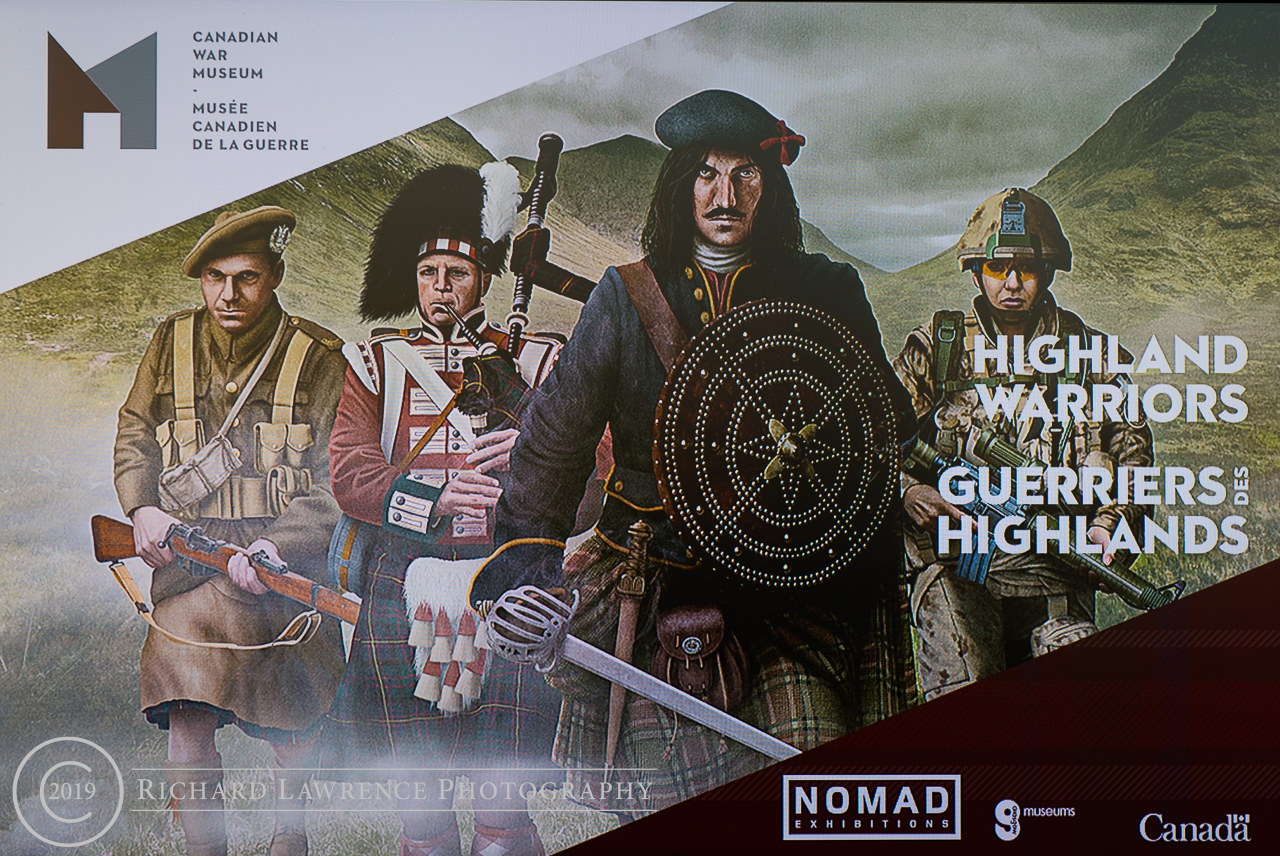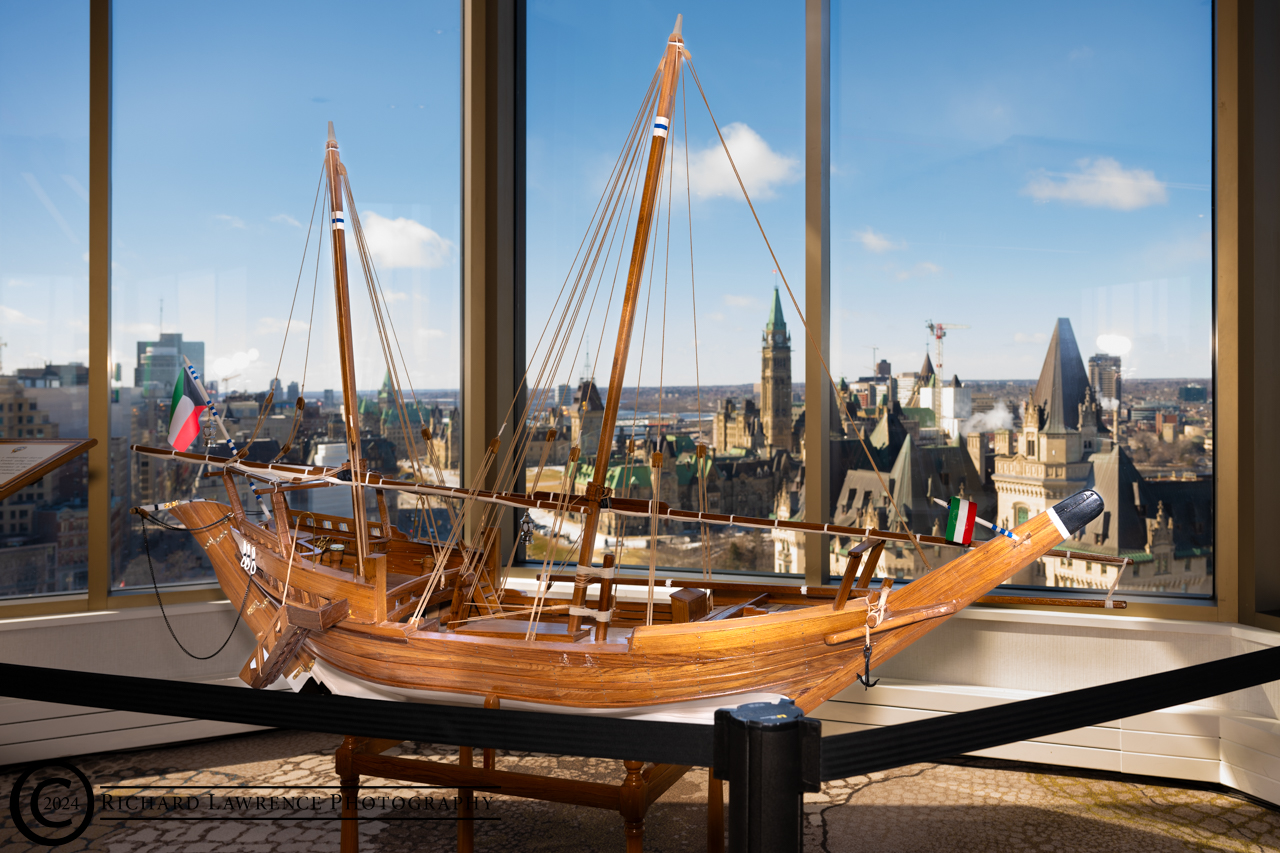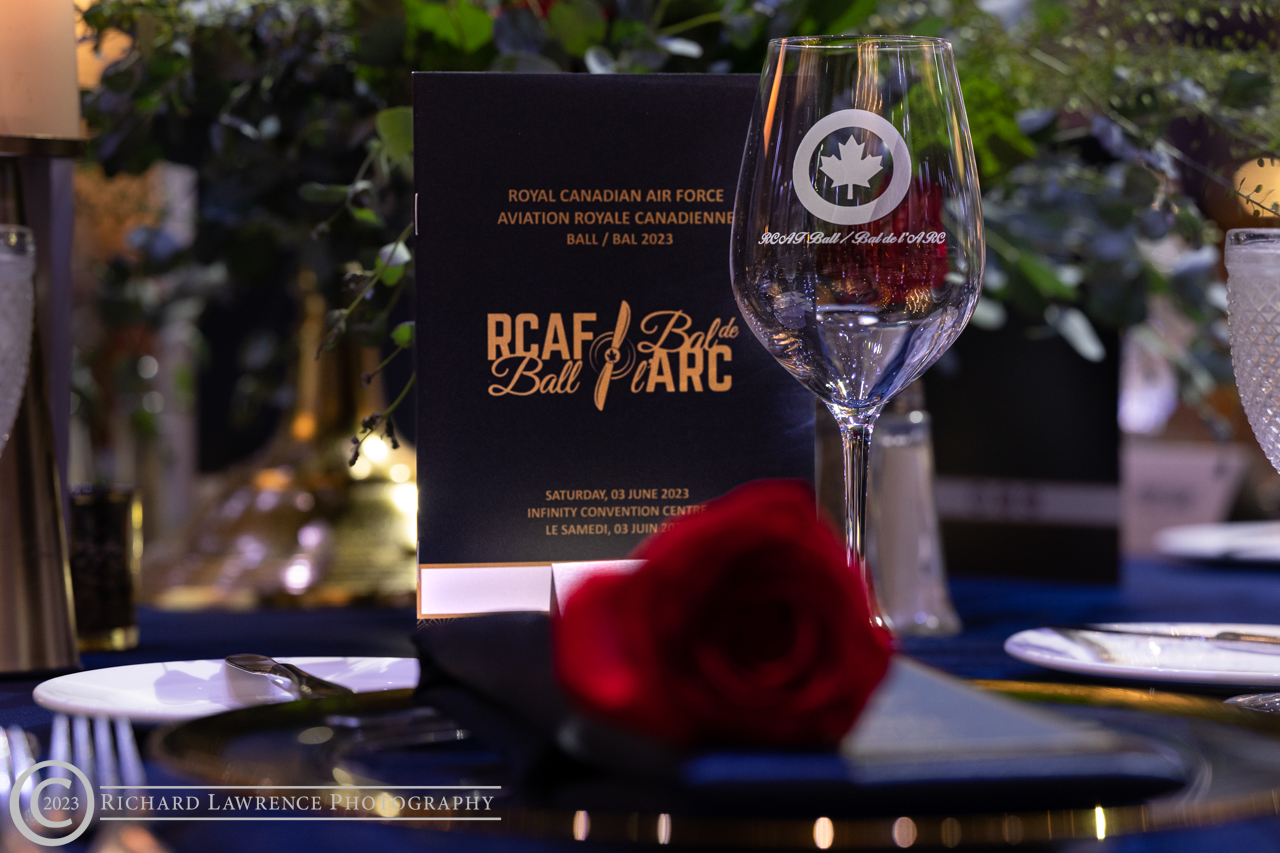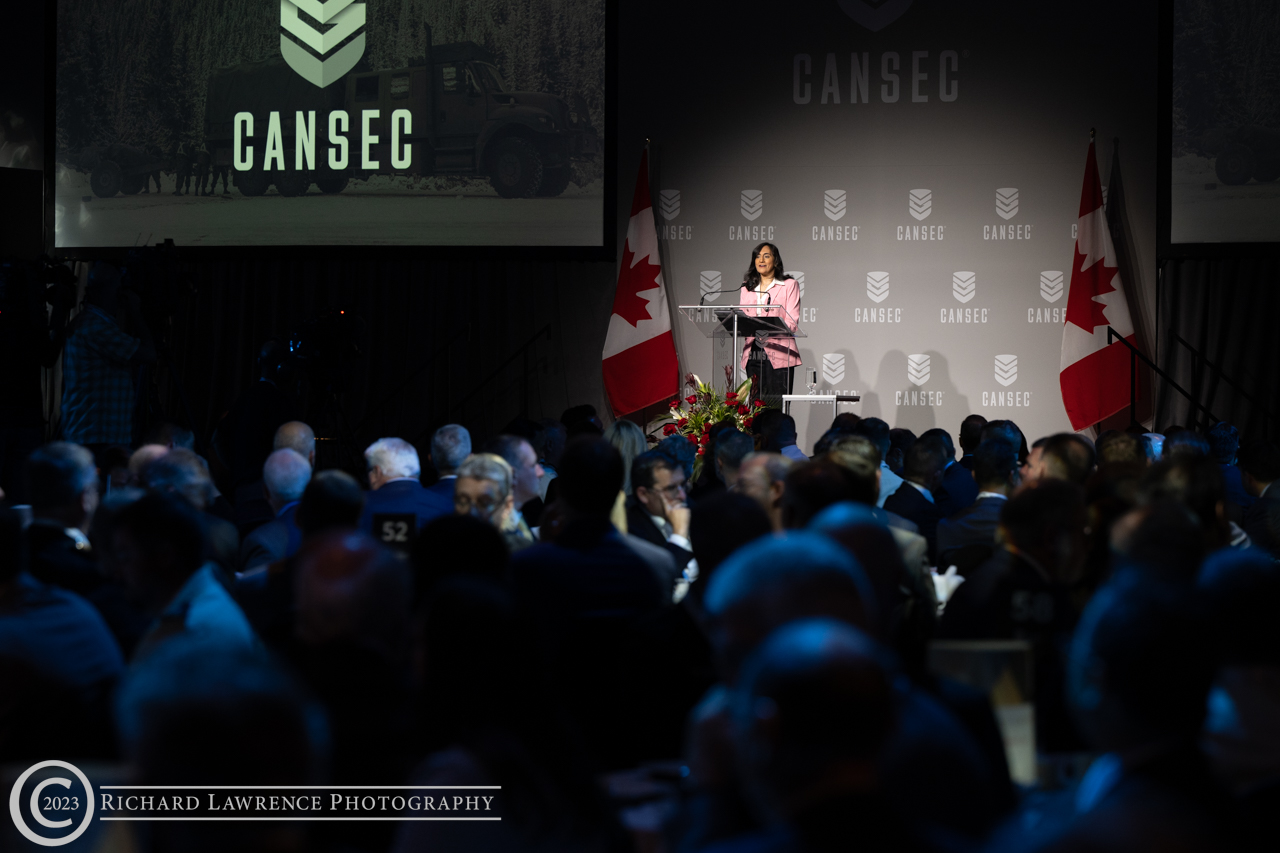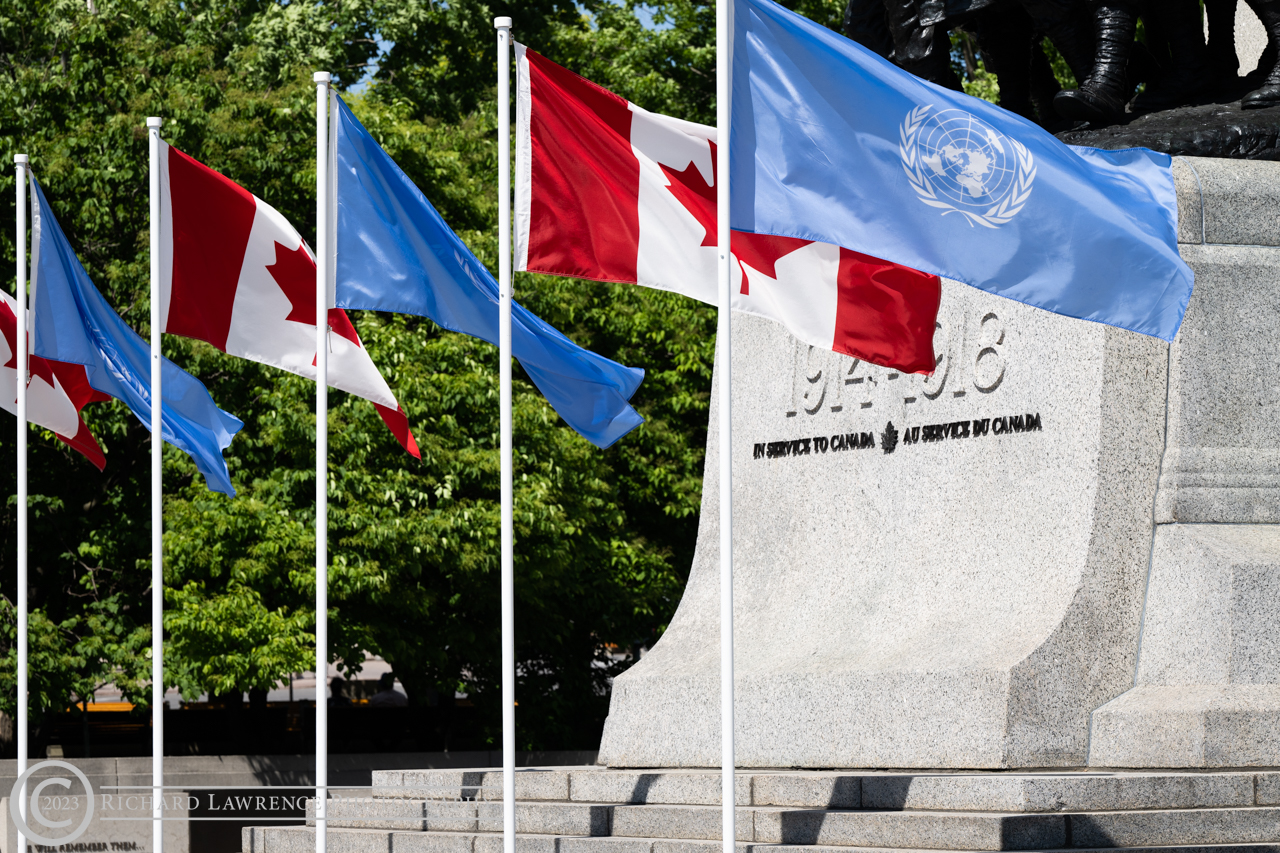No-one can doubt the contributions made by the Scottish settlers who came to Canada when the country was just starting out. One only has to look at the place names around the area such as Perth, Tay River, and others to see the foothold that Scottish culture has in Canada. At every remembrance ceremony, there is a piper playing The Lament and who hasn’t seen a head table piped into a dinner. And it is an interesting fact that the Canadian Armed Forces has more Highland Regiments than Britain. This is the point of the new exhibit that has opened at the Canadian War Museum, Highland Warriors.
On 6th June, 2019, the Canadian War Museum (CWM) opened its new exhibit of the Highland Warrior and how that culture has permeated the world. The opening ceremonies started with the skirl of the pipes as twelve pipers and five drummers of the Ceremonial Guard Pipes and Drums came down Commissionaires Way to Lebreton Gallery with the sound echoing off the concrete wall to fill the hall below. Once they were in formation and finished playing, Yasmine Mingay, Manager of Communications and Public Affairs at the CWM, took the time to acknowledge the presence of Mr. George Fouchard who was an RCE Mapper (cartographer) for the 1st Canadian Army for the Normandy campaign. This was of special importance as this day was also the commemoration of the 75th Anniversary of D-Day and the start of the Normandy campaign.
First to the podium was the Honourable Kirsty Duncan, Minister of Science and Minister of Sports and Persons with Disabilities. She noted that the Scots came to Canada and brought their culture with them and in doing so, helped to settle Canada. They also formed regiments with her own family a part of the 48th Highlanders and she takes great pride in having danced for the regiment for more than twenty years. To her, the regiments “… taught me the importance of history, of remembering, tradition, and what it means to serve”. Speaking of her love of bagpipes, she noted that her father’s family comes from Aberdeen and were members of the Gordon Highlanders, but that it was her Polish-Ukrainian mother who played the pipes.
Next up was Mr. Glenn Ogden, Acting Director – Exhibitions, Creative Development and Learning for the Canadian Museum of History. He spoke of the remarkable legacy of the Scottish immigrants to Canada before speaking about the exhibit itself. He told of the 200 plus artifacts from various private collections but also those from the Glasgow Museum and Highlander Museums in Scotland. Everything from broadswords to the Victoria Cross awarded to a Canadian Piper during WWI (James Cleland Richardson, 72nd Seaforth Highlanders of Canada). He then gave a brief overview of the extensive work of the exhibits curator, Mr. Alan Carswell, who has come all the way from Edinburgh, Scotland.
Mr. Carswell spoke of his time in the various Museums and collections that he has cared for and how esteemed the Scottish warriors and their traditions have become. As an example, he brought up pipers playing The Lament at remembrance ceremonies and how it has become an accepted part of every remembrance ceremony in Canada, the United Kingdom, and throughout much of the world. But mostly he spoke of the warriors as part of their community and the role they played within it. He said, “the Highland Warrior … is a very old and long standing figure of respect within Gaelic culture and in the Highlands. … The warrior was a respected figure as the protector of the clan, the protector of the people. So that tradition and that sense of honour transfers into military service very smoothly”.
He spoke of the peacetime drawdown of the regiments in Great Britain and with it the loss of some of the Highland Regiments. On a happier note he spoke of the Royal Regiment of Scotland (formed in 2006) which, along with the Rifles, is the largest infantry regiment in the British Army. The Royal Regiment is unique in that it is a merger of several Highland Regiments into one regiment of seven battalions. One battalion is a merger of the Royal Scots and the King’s Own Scottish Borderers and the six other battalions are formed from the remaining single battalion regiments of the Scottish divisions. While having only the one uniform for the regiment, each battalion retains their former titles and distinct hackles on their headdress. The Pipes and Drums of each regiment also continue to wear the ceremonial tartans and uniforms of their former regiments. After some re-organization in 2012, the Regiment consists of five regular and two reserve battalions.
The exhibit has many things to offer from weaponry to regalia and the history of it all. There is some multimedia to watch and one can even pick up a sword or learn about kilts in the interactive area. All this to show how much people are invested in the Scottish heritage and their regiments and the truths and myths of the Highland Warrior. If you love all things Scottish, then the exhibit runs until 20th January, 2020.
To see all the pictures, CLICK HERE
=========================================================
